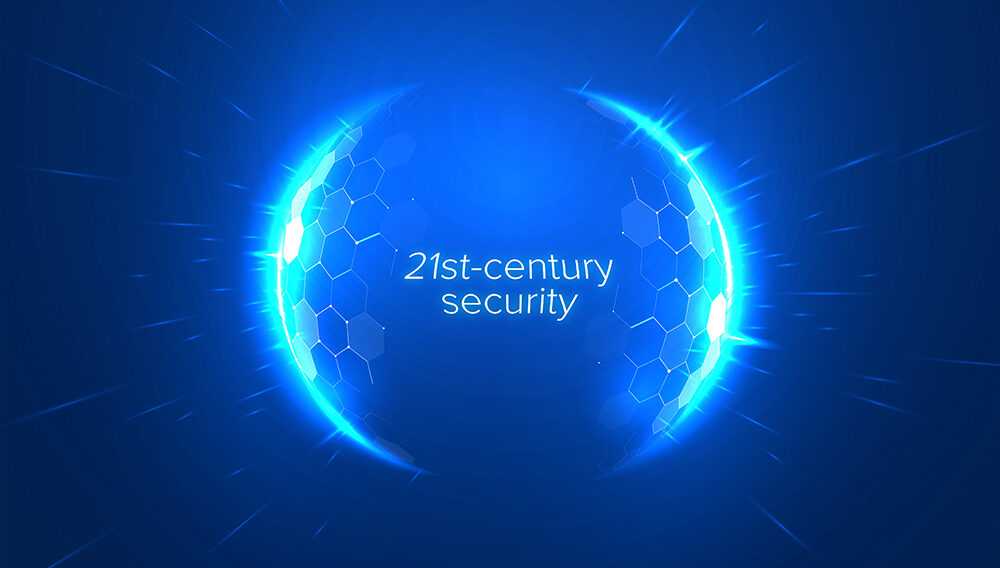Executive Security Needs a Modern Overhaul

In the modern corporate environment, where executive decisions ripple through financial markets and global headlines, security has never been more critical or more misunderstood. Public company directors must face an uncomfortable truth: executive protection programs are, in many cases, dangerously outdated. Rooted in antiquated protocols or overly focused on physical presence, traditional executive security strategies are ill-suited to address today’s fluid, multi-vector threat landscape.
The boardroom needs to recognize that executive protection is no longer just about preventing physical harm. It is also about safeguarding reputation, intellectual property, operational continuity and public trust. This requires a shift from reactive and one-size-fits-all security to a proactive, intelligence-led and tailored model. In an era of cyber-physical convergence, social media-fueled hostility and increasing geopolitical volatility, modernizing executive security is a necessity.
The Changing Nature of Executive Risk
Historically, executive security centered on mitigating physical threats such as kidnappings, workplace violence or travel-related incidents. While those risks remain, the threat landscape has significantly evolved. High-profile leaders now face a broader array of risks:
- Cyber-enabled harassment. Executives are frequently targeted through social engineering, phishing or data-scraping campaigns designed to extract personal information and manipulate public sentiment. A leaked address or itinerary can quickly turn into a physical risk.
- Online reputation and disinformation attacks. Activists, competitors or nation-state actors may launch coordinated disinformation campaigns targeting executives, undermining both individual credibility and corporate valuation.
- Geopolitical exposure. For multinationals, executives traveling or operating in unstable regions may unknowingly become targets for surveillance, extortion or state-sponsored threats.
- Insider threats. The lines between internal and external threats are blurring. Dissatisfied employees, former contractors or negligent insiders can pose severe security risks to executive teams.
Today’s risks are hybrid. Digital threats have physical implications, and physical vulnerabilities can be exploited online. Yet, too many executive protection plans still begin and end with a driver and a former law enforcement agent. That singular model is no longer sufficient.
Why Businesses Struggle to Modernize
Despite the clear need for modern executive protection, many companies struggle to adopt new measures because of financial and cultural inertia. Executive security is often seen as a cost center rather than a strategic enabler, leading to chronic underinvestment.
Modernizing a protection program requires a budget for intelligence subscriptions, privacy services, digital audits and qualified, professional and credentialed personnel. For publicly traded companies, justifying these expenditures to shareholders or cost-conscious finance departments can be challenging.
Further complicating the issue is legacy thinking. Many organizations are locked into outdated vendor contracts or protocols designed years ago, which fail to account for today’s blended threat vectors. Resistance to change is common, especially when the perception is that “nothing has gone wrong so far.”
Supporters must champion the transition by positioning executive security as a form of risk mitigation, not insurance. Investments in proactive risk and threat mitigation can prevent vastly higher costs associated with crisis response, legal fallout, reputational damage and leadership turnover.
Why Boards Must Get Involved
Board members are stewards of organizational risk, and executive protection is a critical component of enterprise risk management. When security is compromised, the consequences cascade, from share price fluctuations and regulatory scrutiny to long-term brand damage. A robust, forward-leaning security strategy protects not just individuals, but the strategic continuity of the entire organization.
Moreover, directors have a fiduciary duty to ensure the safety of leadership, especially when those leaders are publicly representing shareholders or the public’s interests. Security failures are increasingly being viewed not as operational issues but as lapses in governance.
Yet in many organizations, executive security is either delegated entirely to non-subject matter experts or siloed within physical security departments without board-level visibility. That needs to change. Just as boards have learned to scrutinize cybersecurity and ESG metrics, they must now begin asking pointed questions about executive threat modeling, travel risk protocols, digital exposure audits and response planning.
Adapting to Modern Security Needs
To meet security challenges, companies must rethink their approach holistically. Modern executive protection must be intelligence-driven, personalized and preventative. That means shifting from a templated, reactive posture to a program built on three pillars: threat intelligence, tailored mitigation and business integration. This includes investing in the right technologies, fostering a culture of security awareness and aligning protection efforts with overall corporate strategy. Some key steps include:
- Leveraging integrated platforms that combine physical and cybersecurity insights in real-time.
- Building internal security teams with multidisciplinary expertise beyond the usual executive protection certifications, including threat intelligence, privacy law and risk management professionals.
- Offering regular scenario-based training for executives and their households to simulate real-world threats and reinforce preparedness.
- Embedding the risk assessment process into residential security strategies, event and travel planning, executive onboarding and business operations.
Transitioning to a modern protection model also means embracing flexibility. Companies must adjust strategies based on new intelligence, shifting geopolitical conditions and executive-specific life events. Security should be treated as an agile function, constantly evolving, improving and adapting to the times.
Security as a Strategic Asset
Executive protection must be elevated from a tactical afterthought to a strategic imperative. In an age where threats are omnidirectional and amplified by technology, boards cannot afford complacency. Security is no longer just about stopping the worst from happening; it is about enabling leaders to operate with confidence, agility and focus in a high-stakes world.
To truly protect their most visible and valuable leaders, directors must prioritize adaptive, intelligence-led and customized approaches. This shift requires overcoming cost concerns and shedding outdated practices in favor of agile, resilient security strategies.
For public company boards, this is a moment of reckoning. You are the custodians of long-term value and institutional trust. That includes ensuring that your executive teams are protected by 21st-century measures, not 20th-century mindsets.
The overhaul is not just necessary, it’s overdue.
Written by Mary Gates for Directors & Boards